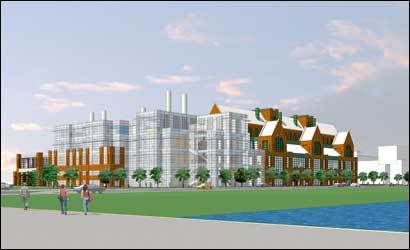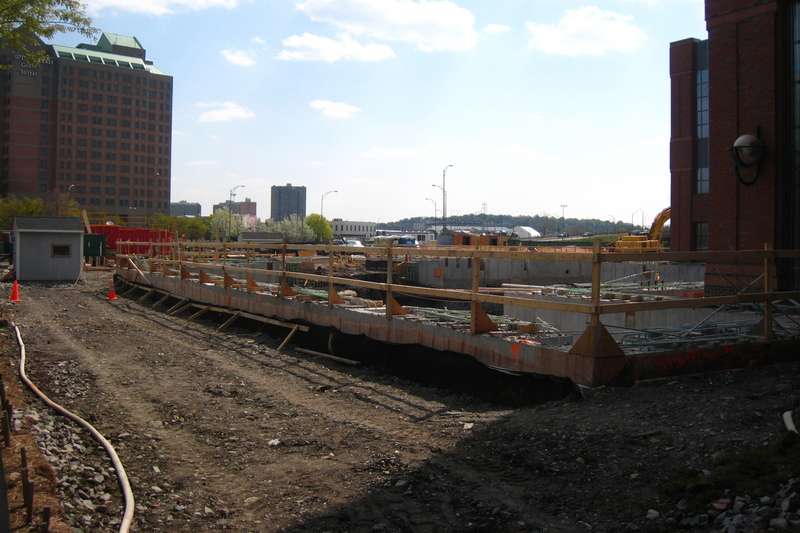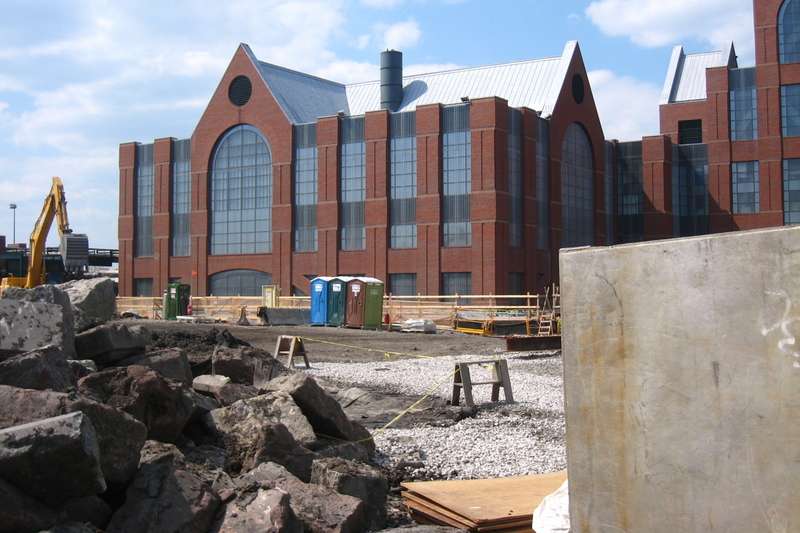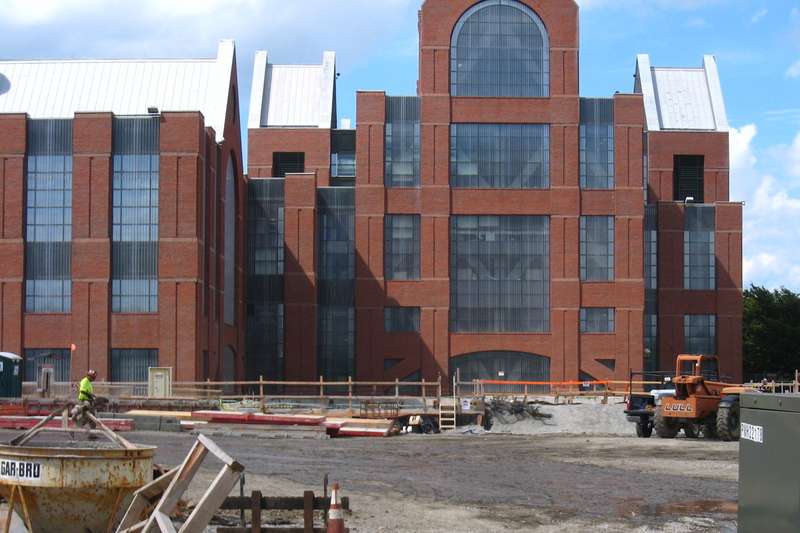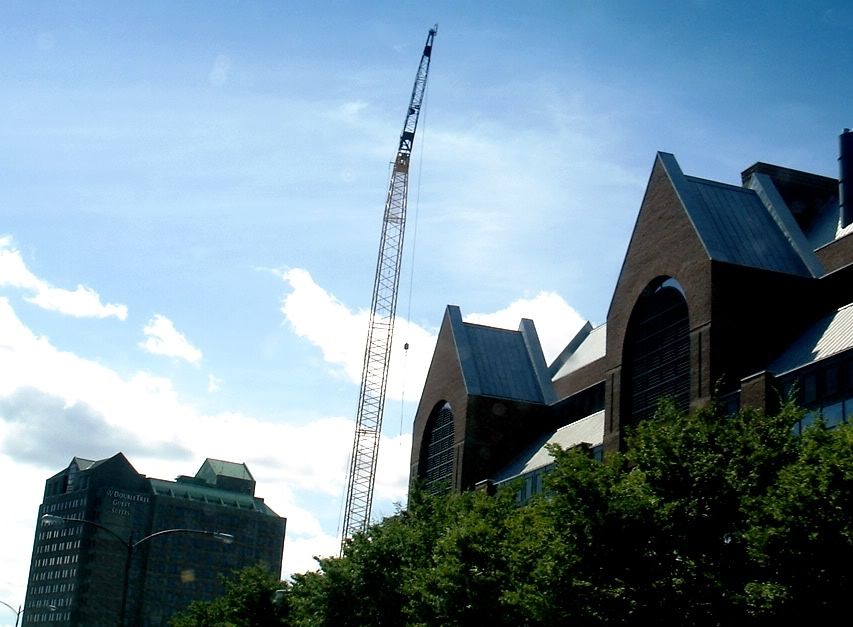kz1000ps
Senior Member
- Joined
- May 28, 2006
- Messages
- 8,720
- Reaction score
- 9,498

Genzyme to begin $150m expansion of Allston plant
Facility to boost capacity and jobs
By Todd Wallack, Globe Staff | September 15, 2007
Genzyme Corp., the Cambridge biotechnology giant, is planning a ground-breaking ceremony Tuesday morning for a $150 million expansion of its Allston manufacturing plant along the Charles River.
A Genzyme spokesman said the work is expected to take two years and will boost the size of the building by nearly two-thirds, to 300,000 square feet. The additional space will be used for offices and manufacturing support, and an underground steam and electrical generation system will be added to power the facility.
The mostly glass addition at 500 Soldiers Field Road will be visible to thousands of drivers daily because of its proximity to the Massachusetts Turnpike's Allston/Cambridge on-ramp. It was designed by Architectural Resources Cambridge, the same firm that worked on the original building.
Genzyme executives plan to add 90 workers to the 400 now at the building.
Tuesday's ceremony is scheduled to feature Governor Deval L. Patrick, Boston Mayor Thomas M. Menino, and Genzyme chief executive Henri A. Termeer.
The investment is considered a boost for Boston's efforts to attract more life sciences jobs. The Boston Redevelopment Authority launched a LifeTech Boston Initiative several years ago to attract more bioscience companies. It seeks to create 10,000 life sciences-related jobs by 2010. Dave McLaughlin, the BRA's director of marketing, said the city is on track to meet the goal, partly because of Genzyme.
"It's a great example of a company that had its early success in Boston and remains committed to Boston," McLaughlin said.
The Allston building, finished in 1996, was the first of Genzyme's 17 manufacturing plants worldwide. It produces several drugs to treat rare diseases: Cerezyme for Gaucher disease, Fabrazyme for Fabry disease, and Myozyme for Pompe disease. The plant is also used to package two other products, Aldurazyme, which treats MPS I disease, a genetic disorder; and Thyrogen, a thyroid cancer drug.
Three years ago, Genzyme spent $53 million to boost its manufacturing capacity at the Allston plant so it could produce Myozyme, which is sold in 33 countries. The company, however, is still awaiting Food and Drug Administration approval to begin manufacturing Myozyme there for sale in the United States. The drug, approved by the FDA in April 2006, is now made at a limited-capacity facility in Framingham. It can cost up to $300,000 annually to treat a single patient.
Pompe disease patients lack an enzyme necessary to break down a sugar. The excess sugar is stored in muscle cells, resulting in progressive muscle weakness. About 10,000 people worldwide have the disease, and about 700 of them are treated with Myozyme.
Todd Wallack can be reached at twallack@globe.com.
? Copyright 2007 Globe Newspaper Company.
http://www.boston.com/business/tech...yme_to_begin_150m_expansion_of_allston_plant/


